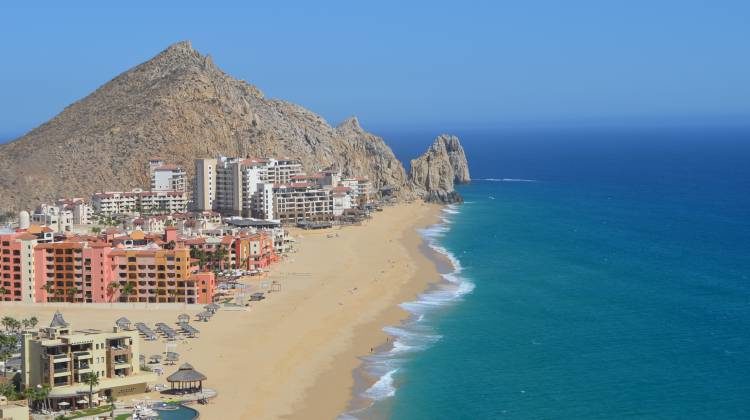The Amazing Baja California The Baja California (Mexico) peninsula is one of the most unique travel destinations in the world! Baja is home to over 2,000 miles of magnificent coastline, beachfront resorts, economical hotels, enchanting villages, ancient cave paintings and remote fish camps on both the … [Read More...] about Welcome to Baja
Main Content
ALL ABOUT BAJA
BAJA TOURISM
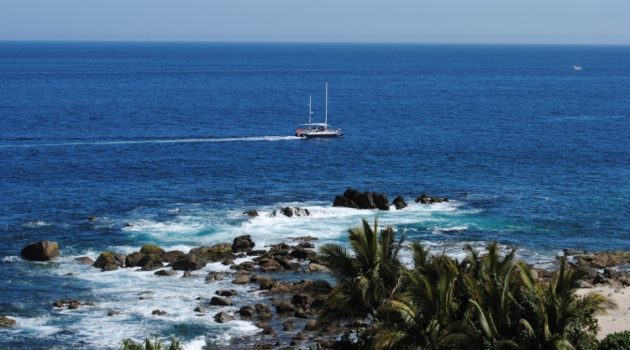
Cabo San Lucas Tourism
Tourism in Cabo San Lucas Cabo San Lucas Tourism is hot during this time of year. Why, you ask? Well, you'll just have to take our word for … [Read More...] about Cabo San Lucas Tourism

East Cape Tourism
Tourism in East Cape The undisputed capital of East Cape Tourism is the Village of Los Barriles. This is home to thousands of Gringos, for part … [Read More...] about East Cape Tourism
BAJA TRAVEL TIPS
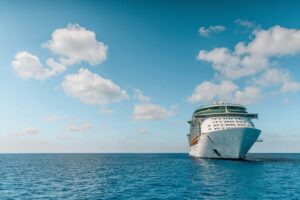
Best Baja California Cruise Tours in 2025
Discover the Best Baja California Cruise Tours in 2025 If you’re dreaming of a vacation that blends stunning natural beauty, vibrant marine life, and a touch of adventure, then Baja California Cruise Tours should … [Read More...] about Best Baja California Cruise Tours in 2025
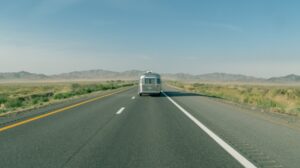
Top 10 Tips for a Smooth Road Trip Adventure Through Baja
Top 10 Tips for an Epic Adventure Through Baja by Road An adventure through Baja, California is a road trip like no other—a chance to traverse a peninsula where sun-scorched deserts meet sparkling seas, where … [Read More...] about Top 10 Tips for a Smooth Road Trip Adventure Through Baja
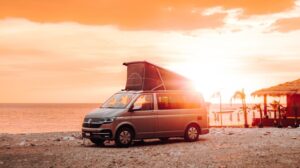
Top 5 Reasons to Invest in Camper Van Insurance for Your Baja Adventure
Top 5 Reasons to Invest in Camper Van Insurance for Your Baja Adventure Dreaming of a road trip through the wild landscapes of Baja, California? With its sun-drenched deserts, rugged coastlines, and charming … [Read More...] about Top 5 Reasons to Invest in Camper Van Insurance for Your Baja Adventure

15 Must-Visit Destinations in a Camper Van
Exploring Baja, California: 15 Must-Visit Destinations in a Camper Van Baja California, a stunning peninsula stretching south from the United States-Mexico border, offers an array of diverse landscapes, vibrant … [Read More...] about 15 Must-Visit Destinations in a Camper Van
BAJA BUSINESSES
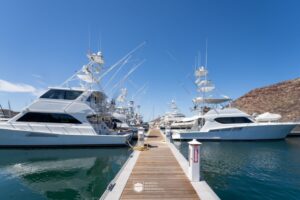
5th Annual Marina Puerto Escondido Tournament
Prepped and ready to go! 5th Annual MPE Loreto Tournament May 17-18, 2024 For Images or Additional Information That Baja Guy - Gary Graham thatbajaguy@gmail.com Cellular (760) 522 3710 Loreto, … [Read More...] about 5th Annual Marina Puerto Escondido Tournament
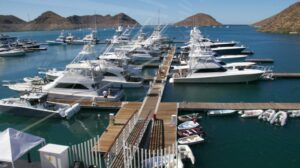
4th Annual Marina Puerto Escondido Tournament
4th Annual MPE Loreto Tournament May 19-21, 2023 For Images or Additional Information That Baja Guy - Gary Graham thatbajaguy@gmail.com Cellular (760) 522 3710 Loreto, B.C.S., Mexico The 4th Annual MPE Loreto … [Read More...] about 4th Annual Marina Puerto Escondido Tournament
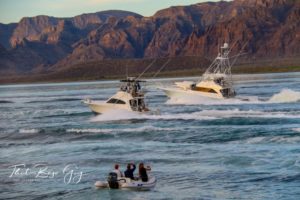
Marina Puerto Escondido 2nd Annual Sportfishing Tournament
The recent Marina Puerto Escondido Tournament highlights Loreto’s Sportfishing as 30 teams traveled to the iconic, peaceful, Loreto area to compete during the 2nd annual MPE 2-day offshore event. Coincidentally, … [Read More...] about Marina Puerto Escondido 2nd Annual Sportfishing Tournament
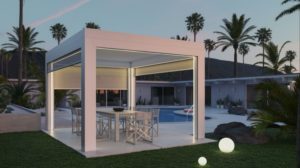
Introducing Decadent Outdoors
Decadent Outdoors is now offering the full line of Struxure brand pergolas on the Baja Peninsula! As of October 1, 2020, Decadent Outdoors will now be servicing the Baja Peninsula. Struxure brand pergolas are … [Read More...] about Introducing Decadent Outdoors

Luxury Villas in Cabo and Baja for a Perfect Romantic Vacation
Luxury Villas in Cabo & Baja for a Perfect Romantic Vacation If you’re seeking the ultimate romantic vacation to impress your significant other, look in Cabo San Lucas, Mexico, which is located on the southern … [Read More...] about Luxury Villas in Cabo and Baja for a Perfect Romantic Vacation
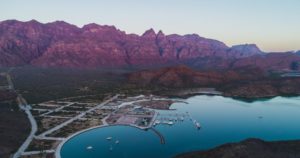
Marina Puerto Escondido’s Grand Opening Ceremony
What You Should Know about Marina Puerto Escondido’s Grand Opening Ceremony Explorers, adventurers, and travel lovers have raved about Puerto Escondido since the 1400’s. Author John Steinbeck described the area as … [Read More...] about Marina Puerto Escondido’s Grand Opening Ceremony
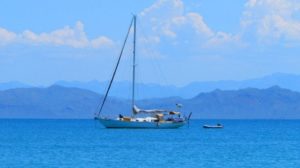
Moving to Baja?
Moving to Baja California? Discover 2 Gorgeous Retirement Spots You Didn’t Know Existed You’ve finally made it… The kids are grown up, you are near retirement, and now it is finally time to live the dream. Moving … [Read More...] about Moving to Baja?
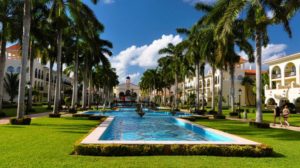
Timeshares in Baja
Timeshares in Baja, Mexico Timeshares in Baja, also known as fractional ownership vacation models, are an excellent way to vacation comfortably in beautiful Baja, Mexico. Enjoy the luxuries of a spacious suite … [Read More...] about Timeshares in Baja
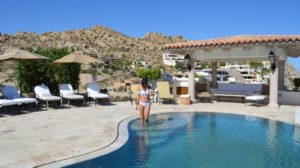
Cabo Luxury
Cabo Luxury “What’s in a name?” for a company like Cabo Luxury, it’s everything! Their name really says it all. Whether you are planning an extravagant anniversary, perfect family vacation, or hosting corporate … [Read More...] about Cabo Luxury

Rancho Leonero Resort
Rancho Leonero Resort *** Please note: Rancho Leonero Resort permanently closed on December 1, 2023. *** Rancho Leonero Resort is probably the last of a dying breed of destinations that was extremely popular … [Read More...] about Rancho Leonero Resort

